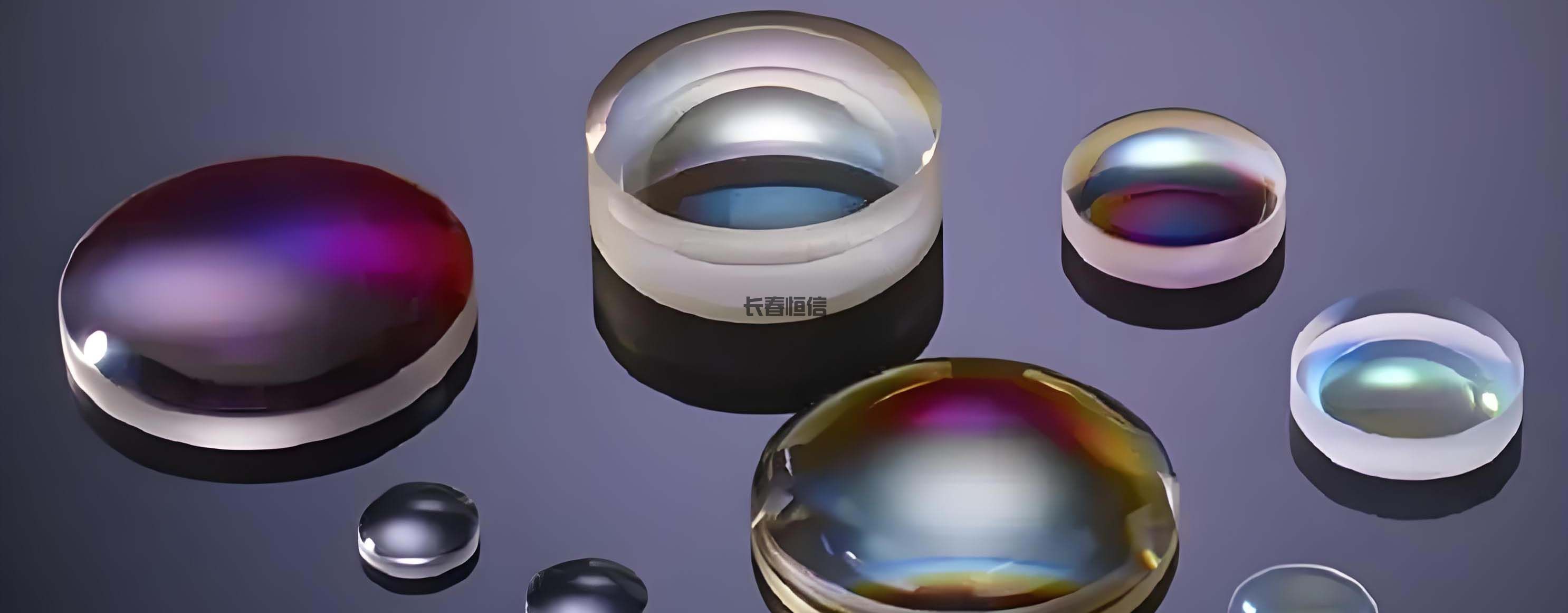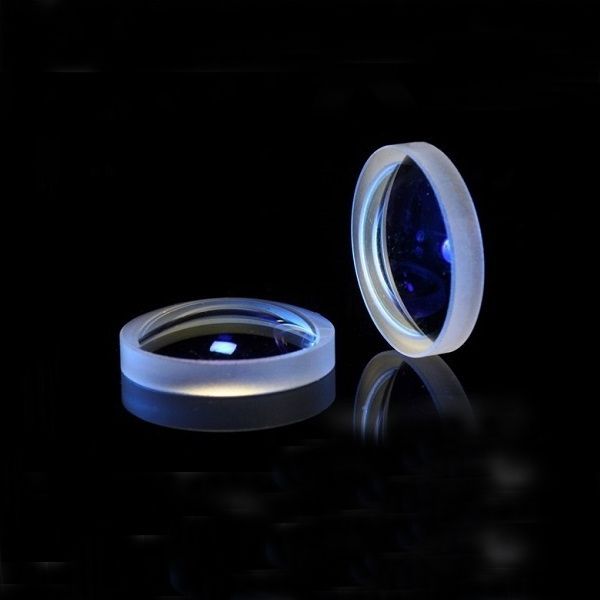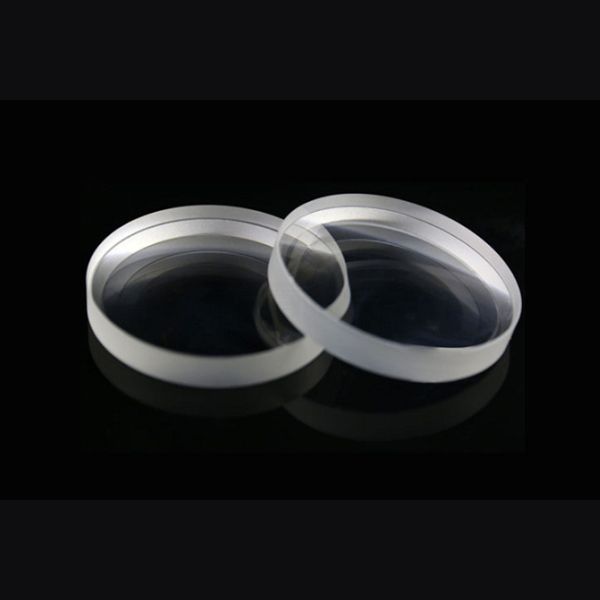Plano convex spherical lens
Spherical lenses, also known as singlets, are transparent optical components consisting of one or more pieces of optical glass with surfaces curved to converge or diverge the transmitted rays from an object, thus forming a real or virtual image of that object.
There are seven main spherical lens forms, or shapes, that determine the imaging characteristics of the lens. They are plano-convex, plano-concave, convex-convex, concave-concave, meniscus, aspheric, and ball. Plano-convex lenses have a positive focal length, which makes them ideal for collecting and focusing light for many imaging applications. Plano-concave lenses have a negative focal length and are used for image reduction or to spread light. Convex-convex lenses have a positive focal length and are useful for 1:1 imaging and in multi-element systems. Also known as biconvex or equiconvex. Concave-concave lenses have negative focal length, and are used for image reduction and to spread light. Also known as biconcave or equiconcave. Meniscus lenses can increase the numerical aperture of a positive lens assembly, without an undue increase in the aberrations. Aspheric lenses compensate for spherical aberration and are used primarily for their light gathering ability. Ball lenses are used to provide short focal lengths for use with collimated light. They are often used in fiber coupling applications. While the above seven are the most common types, there are other, rare styles of spherical lenses available.
| Material | BK7 and Fused silica typically, Visible optical glass, Infrared optical glass. | |||
| Tolerances | Low precision | Standard Precision | High precision | |
| Glass Quality | nd | ±0.001 | ±0.0005 | Melt controlled |
| vd | ±0.8% | ±0.3% | Melt controlled | |
| Dimension Tolerance (mm) | ±0.20 | ±0.10 | +0.01/-0.01 | |
| Radius Tolerance (R) | 1% | 0.5% | 0.3% | |
| Scratch-Dig | 80-50 | 60-40 | 20-10 | |
| Wave front Distortion at 632.8nm | λ per 25mm | λ/4per 25mm | λ/10 per 25mm | |
| Clear Aperture | 80% | 90% | 95% | |
| Bevel | 0.3±0.10mmx45°or upon requirement | 0.1±0.10mmx45° | ||
| Coating | Coating may be available by custom order | |||





















